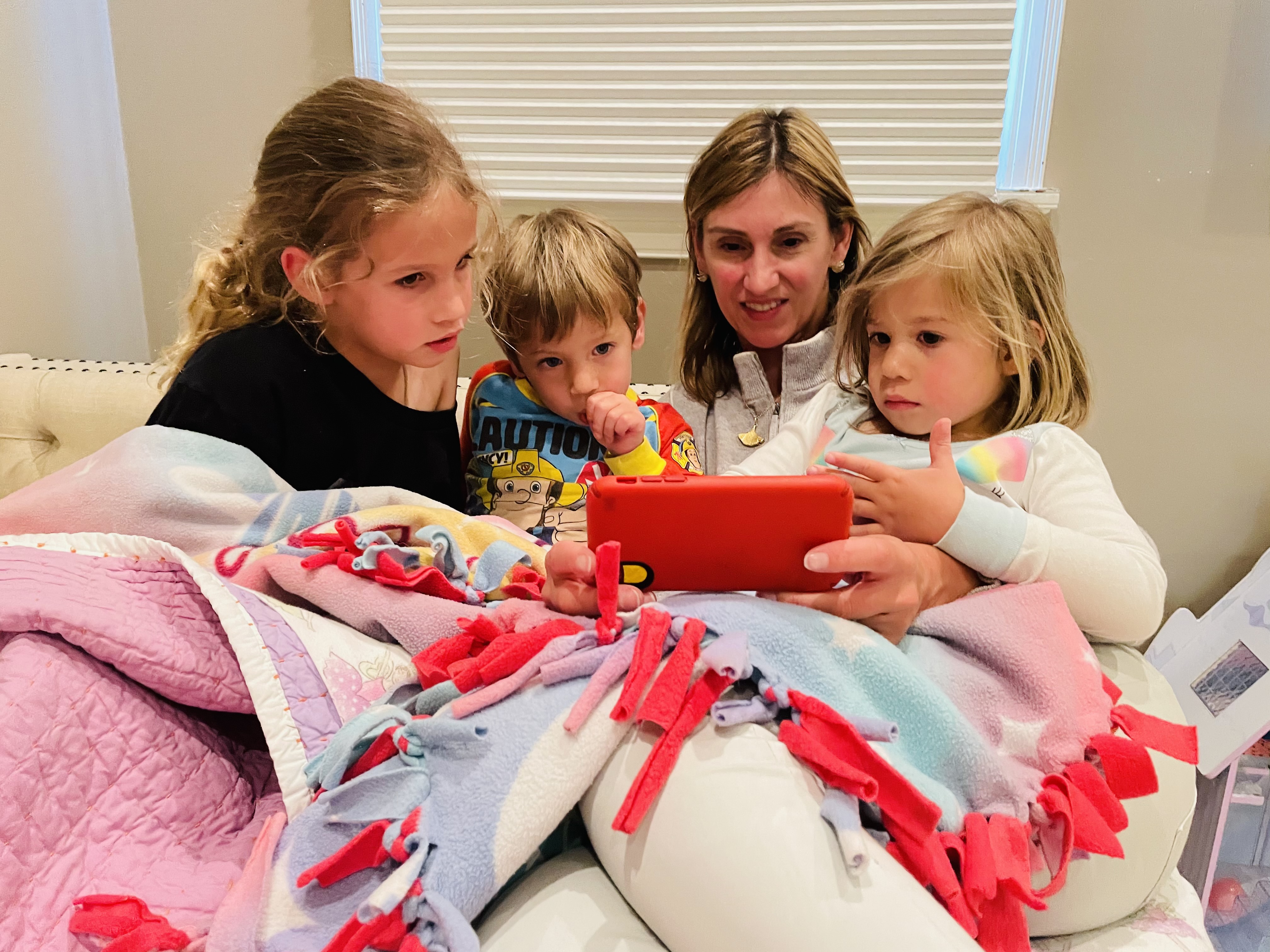News: New Instagram insights make its TikTok competitor Reels more appealing
Over the last year, Instagram has added a slew of features to help independent creators make a living, like Instagram Shop and Shopping in Reels. Today, Instagram launched new Insights for Reels and Live on its Professional Dashboard, giving businesses and creators essential data about the reach of their content. These tools will help Reels
Over the last year, Instagram has added a slew of features to help independent creators make a living, like Instagram Shop and Shopping in Reels. Today, Instagram launched new Insights for Reels and Live on its Professional Dashboard, giving businesses and creators essential data about the reach of their content. These tools will help Reels catch up with its competitor TikTok, which already offers users detailed analytics. As Instagram and TikTok continue trying to keep up with one another, it can only be a good thing for influencers and small businesses that use these platforms to bolster their income.
Previously, Instagram creators could only view publicly available metrics, like the views, likes, or comments on a Reel. Now, they will be able to access data like Accounts Reached, Saves, and Shares for their Reels. Instagram will also share the number of Peak Concurrent Viewers that tune in to watch their Live videos. Plus, in the Account Insights section of the app, Instagram will add breakdowns that show users what kinds of accounts they are reaching, and which content formats are generating their strongest engagement.
For entrepreneurs and content creators whose businesses run on social commerce, these analytics might not change the game, but they certainly make it easier to play. Shopping in Reels makes in-app sales more convenient, but until now, scant data was available to help businesses tailor their Reels to reach potential customers. On the other hand, TikTok’s analytics have long provided creators with data on their videos’ average watch time, types of traffic sources, and performance by geographic location. The viral video app announced earlier this month that it would work with specific brands, like the streetwear label Hype, to test in-app sales. This would deepen its competition with Instagram, but it’s still unclear when the feature will be widely available. So, Instagram’s Insights, combined with established in-app shopping, can create a perfect storm for content creators to better reach and monetize their target audiences.
“I always thought it was weird that there were no Insights for Reels. Sometimes it feels like shooting in the dark,” Quinn Jones told TechCrunch. Jones is one of the owners of KIKAY, a handmade jewelry business based in Los Angeles. With over 90,000 followers across Instagram and TikTok, the Gen-Z creators rely on social media to expand their audience and increase their sales. Though KIKAY has gone viral on TikTok, Jones said that Instagram has been the best way for the small business to gain followers.
“Insights are definitely going to be useful going forward,” said Jones. “It’s currently hard to tell the actual effective reach your videos have, and seeing Insights means more feedback to help improve content.”
For influencers, these analytics are also helpful for collaborating with brands on sponsored content.
“I’ve been wanting Insights for Reels for the longest time. All we know now is views, likes, and comments,” said Cara Cochran, an LGBTQ+ content creator and microinfluencer. She notes that brands have already been pushing creators to make videos on Reels ever since Instagram redesigned its interface to place the short videos front-and-center.
“Now that they are rolling out analytics, I think we will see a lot of brands push for more and more Reels instead of just static posts,” she says. “I think it brings their products to life in a whole new way, and it almost works like a commercial for them instead of just a static ad.”
Instagram will begin rolling out Insights today. The company also says that over the coming months, it will add tools to help creators measure engagement over a preset time frame and begin to support Insights on desktop.




 Combined, this type of flexible search will expose guests to a much more diverse pool of listings, and the updated hosts flow is expected to increase supply in some of these less explored destinations.
Combined, this type of flexible search will expose guests to a much more diverse pool of listings, and the updated hosts flow is expected to increase supply in some of these less explored destinations.
